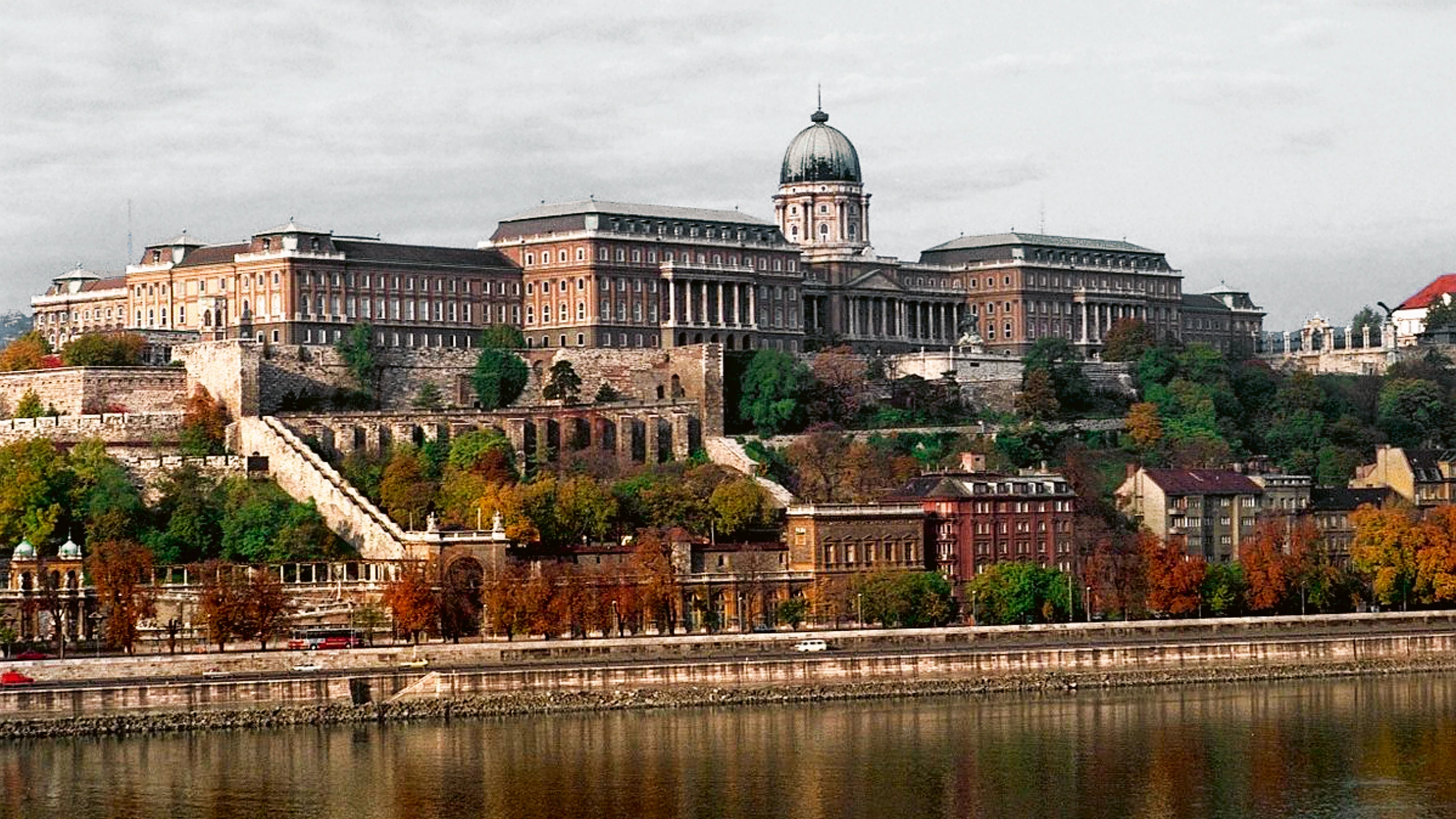
© Túrelio
The Greek writer Vassilis Vassilikos, author of the political novel Z (on which the Costa-Gavras film of the same title was based), tells of how a few days after the coup d’état he saw that the newspaper Le Monde had published a piece in which seventy French intellectuals clamored for his immediate release. He was having coffee al fresco under the Roman sun and got his nerves on edge. Marguerite Duras clarified all doubts: what happened was that all the signees had given carte blanche to Jean-Paul Sartre and Simone de Beauvoir. When Sartre and his partner decided to protest, the other 68 automatically followed suit.
Mario Calabresi, former editor-in-chief at both La Stampa and La Repubblica recounted in his memoir – Pushing Past the Night: Coming to Terms With Italy’s Terrorist Past – the infamy that had fallen upon his father, Luigi, after his assassination in 1972 by members of the Red Brigades. Circles around the Brigate Rosse then spread the rumor that the older Calabresi had been a torturer during his years as Milan police commissioner, and that his execution was therefore justified. That version proved successful: it traveled from hearsay to lampoons and then to manifestos signed by intellectuals, to the point that, quite some time later, the journalist would still be receiving messages in the tone of ‘Calabresi murderer.’ In Pushing Past the Night, the younger Calabresi seeks to demonstrate that his father had been the opposite of a killer; that on the contrary, he was a rare case of the police officer genuinely curious about the moral motives of his enemies; and that this disposition perhaps explained his rage.
On the eve of the Spanish elections of July 2023, I was invited to take part in a manifesto that rebutted a populist political party’s program in a matter concerning architecture. The party in question was Vox, and its proposal – more than program – was to reverse the process of decarbonizing construction. The wording of the proposal was rather awkward and confusing, so the petition against it was clumsy too. I thought of Calabresi and gave a tentative no, a we’ll-see, an “it’s better to contest ideas with ideas.”
We can contest ideas by discussing real cases. The most obvious actions that populist governments akin to Vox, such as Hungary’s, have taken in areas pertaining to architecture are in the symbolic use of public space. Viktor Orbán has implemented a policy of statuary that is quite ingenuous – in the manner of Syldavia of The Adventures of Tintin – and at heart reversible and of dubious effectivity. Will Hungarian children grow to be illiberal because parliament has been filled with kings on horseback? A more subtle gesture has been the appropriation and resignification of the old quarter of Buda, lavishly restored to its 1930 state. Orbán has there established his offices and built a citadel for Fidesz, a bastion in the middle of skeptical Budapest. The other policies that touch on architecture involve public safety on the streets (oppressive and successful), and also housing, linked to an pro-natalist ethic. Orbán’s government introduced a preferential loan to house families, on conditions that encourage couples to have children soon, lest interests rise. This has resulted in runaway inflation.
The Hungarian case helps us bring the problem into focus: what populisms do wrong in cities and housing is not their wrong use of the word ‘Bauhaus,’ nor even their refutation of Agenda 2030, which sounds like some adolescent irreverence and is perhaps fleeting. The danger lies in the idea that there is a We in permanent conflict with The Other, a citadel under siege, a street to keep watch over, a demographic war to win. It is this we ought to be discussing, also in order to understand the appeal of all those ideas and images.






